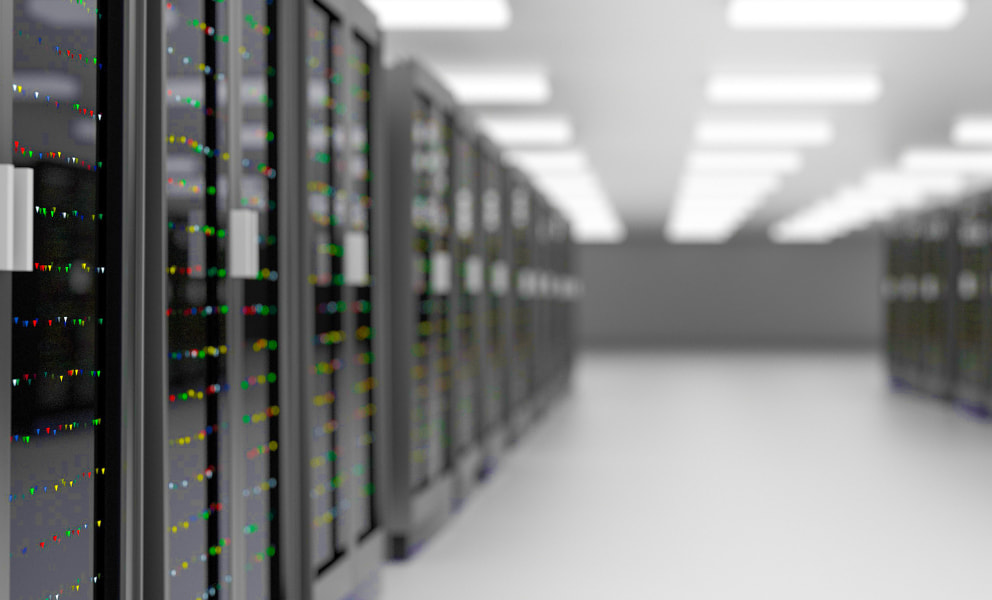How to Design a Data Center with Heatwave Resiliency at its Core - Part 2

With temperatures rising across the globe and heatwaves becoming increasingly common, designing data centers to be resilient through extreme weather events has never been more important. But how exactly do you approach designing and building a data center today that can withstand future climate shifts?
Understand location climate and plan for the worst. The first step of designing a data center with climate resiliency at its core is to understand the environment where a data center is located. You need to consider every aspect of the climate throughout the entire calendar year. Things like altitude, humidity, water availability, and more all impact what heating and cooling equipment are best for your operations.
Spend time anticipating how the region’s climate might change over time and plan for the worst-case scenario. We are seeing temperatures rise much faster than ever anticipated, so we are already meeting – and in some cases surpassing – the worst-case scenarios from 5 years ago.
For large installations with many chillers, the immense amount of heat rejected can create a microclimate where the temperatures reach even higher.
Determine the best equipment for your operations. Technology for maintaining optimal temperatures within buildings has advanced rapidly and there are numerous options you can configure to create a solution that works best for your operations. A dedicated Trane engineer can work with you to thoroughly assess your operational goals in order to develop a customized thermal management solution for your entire facility.
Located in a drought-ridden climate where there isn’t a lot of available water? Air-cooled chillers don’t use water for cooling making them some of the most sustainable options on the market. Alternatively, a water-cooled, closed loop system recycles the same water, again and again, so doesn’t require a lot of water to operate.
Wanting to create more efficiency? Install dry coolers for day-to-day operations and then supplement with trim chillers that can be used on the hottest days to help reduce overall costs while still preparing for the occasional heatwave. Optimize your free cooling for use in higher temperatures, increasing the amount of time the system runs without mechanical cooling.
Limited space for HVAC equipment? 1-phase immersion dry coolers are built horizontally, thus require up to 60% smaller footprint.
Add controls for better management and added efficiency. Getting the right equipment for your specific climate and operations is a great start, but to create a truly resilient data center, you need advanced controls to ensure equipment is set up to run optimally at all times while maximizing efficiency and helping to reduce operating costs.
Configuring the system to run exactly when and where you need it, means that you’re only using the energy required to maintain the infrastructure. Being able to make changes remotely means you won’t be caught unprepared if an extreme weather event unexpectedly arises.
You can also build contingency planning into your control settings so that the system automatically adjusts to predetermined thresholds to maintain optimal operating conditions. Having this added layer of security for worst-case scenarios provides peace of mind that your operations are built to withstand climate fluctuations.
Once your equipment is setup, there are two important items to ensure the system is configured for resilience:
- Ongoing maintenance keeps everything running. Mechanical systems require cleaning, upkeep, and service. Equipment maintenance ensures an installation can function at the level it should every day and can prevent unforeseen component failures.
- Rental services are the parachute owners always forget. Having rental unit availability for emergency scenarios in high ambient conditions adds another level of redundancy.
Trane’s world-class team of engineers, technicians, and experienced energy specialists have helped data centers around the world design their operations for sustainability, efficiency, and resiliency. We take our job of protecting the world’s vital infrastructure while increasing the sustainability of the planet seriously. We understand the nuances that data centers face and how to build solutions for the world’s largest hyperscale and colocation companies in the extreme conditions, particularly high ambient climates.
Talk to an expert today, or hear from our global director of mission critical cooling, Danielle Rossi, who is speaking at DCD>Connect London on a panel titled, DCD>Debate: Heatwave '22 – Was it data center design or data center operations that failed?
Data Center Solutions

About the authors
Danielle Rossi, Data Centers Strategic Sales Leader, Trane Commercial
Danielle has over 16 years of experience in data center solution design and engineering for hyper-scale, colocation, enterprise, edge, and government environments. In her current role, Danielle manages global mission-critical cooling products and processes to provide a standardized deliverable for customers executing projects domestically and internationally.
































































































